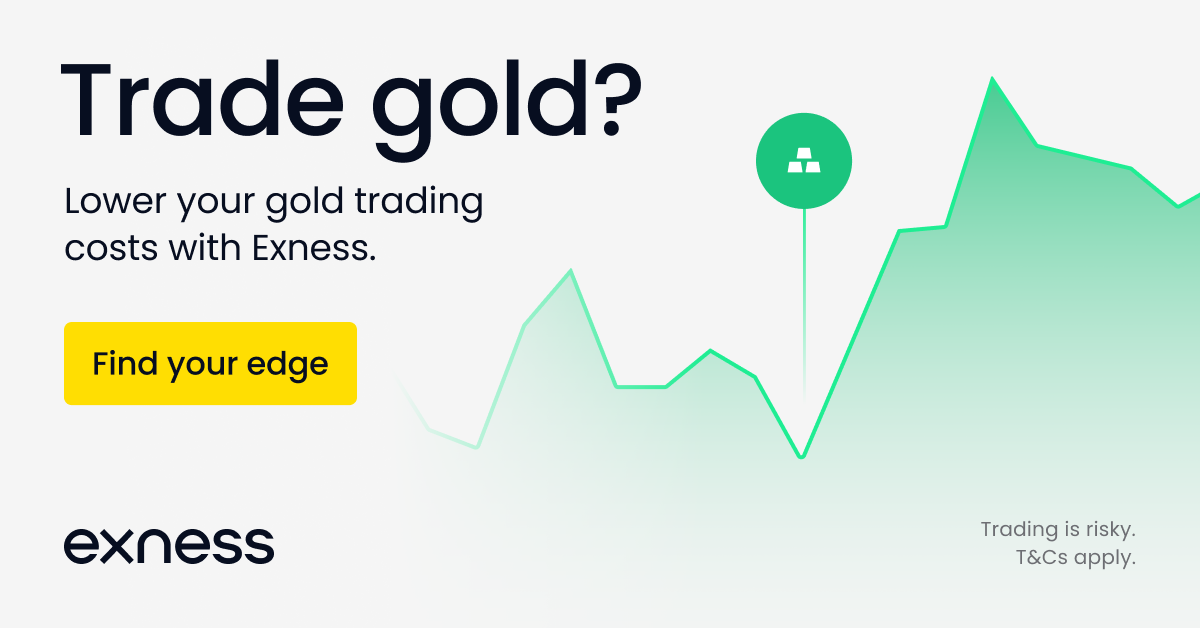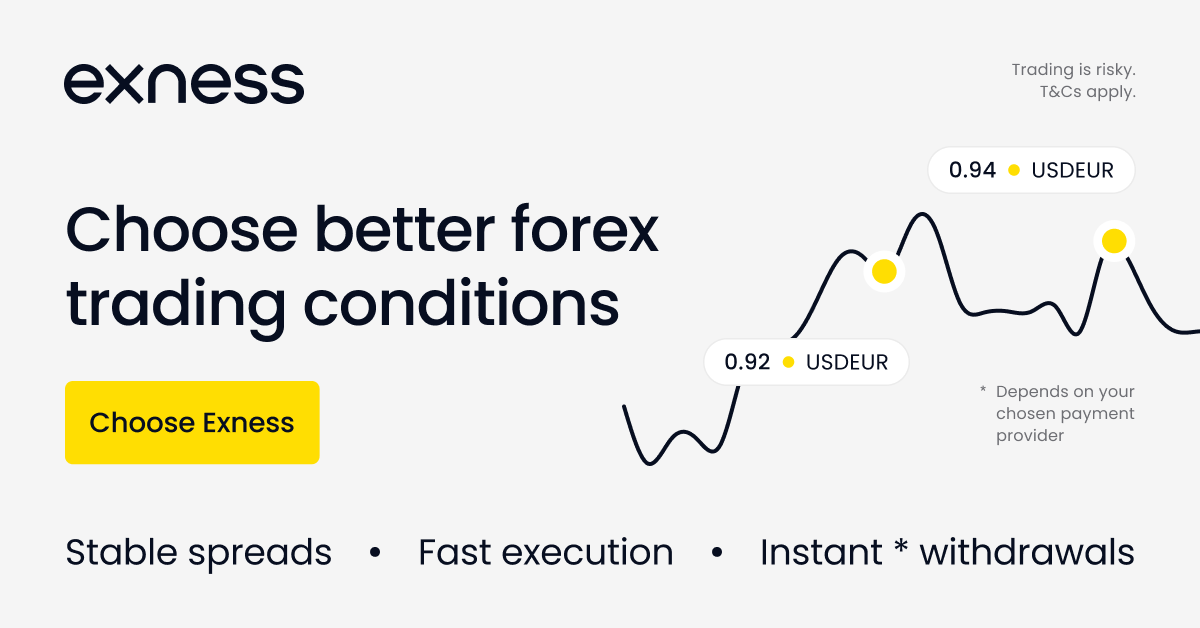Algorithmic Trading Strategies in Forex Markets
Introduction
Algorithmic trading, or algo trading, involves using computer programs to automate trading strategies. This approach is particularly popular in forex markets due to its efficiency and ability to execute high-frequency trades. This article explores various advanced algorithmic trading strategies employed by professional forex traders.
Trend-Following Algorithms
Trend-following algorithms aim to capitalize on market momentum by identifying and trading in the direction of the prevailing trend.
Key Components:
Moving Averages: Algorithms often use moving averages (simple, exponential) to determine trend direction. A crossover strategy, where a short-term moving average crosses a long-term moving average, can signal a trade.
ATR (Average True Range): This indicator helps algorithms set stop-loss levels based on market volatility.
Application:
Execution: The algorithm enters trades when the predefined moving average crossover condition is met and exits when the reverse crossover occurs or the ATR-based stop-loss is hit.
Mean Reversion Algorithms
Mean reversion strategies are based on the principle that prices tend to revert to their mean or average level over time.
Key Components:
Bollinger Bands: These bands create a price envelope by placing two standard deviations above and below a moving average.
RSI (Relative Strength Index): This momentum oscillator measures the speed and change of price movements.
Application:
Execution: The algorithm buys when the price falls below the lower Bollinger Band and sells when it rises above the upper band. RSI is used to confirm overbought or oversold conditions to enhance the strategy's accuracy.
Arbitrage Algorithms
Arbitrage algorithms exploit price discrepancies between different markets or instruments. In forex, this often involves triangular arbitrage.
Key Components:
Triangular Arbitrage: This strategy involves three currency pairs, exploiting inefficiencies to lock in risk-free profit.
Latency Arbitrage: Exploits the time delay between price updates on different platforms.
Application:
Execution: The algorithm monitors multiple currency pairs for price discrepancies, executing trades almost instantaneously to capture small profits.
Machine Learning Algorithms
Machine learning algorithms can adapt and improve over time by analyzing vast amounts of historical and real-time data.
Key Components:
Supervised Learning: Algorithms are trained on labeled data to recognize patterns and make predictions.
Reinforcement Learning: Algorithms learn optimal strategies through trial and error, improving with each iteration.
Application:
Execution: Machine learning models can identify complex patterns and predict price movements with a higher degree of accuracy. These algorithms can adapt to changing market conditions, making them robust against a variety of scenarios.
Conclusion
Algorithmic trading strategies, such as trend-following, mean reversion, arbitrage, and machine learning, provide a powerful toolkit for forex traders. By leveraging these advanced techniques, traders can enhance their efficiency, accuracy, and profitability in the dynamic forex market.








